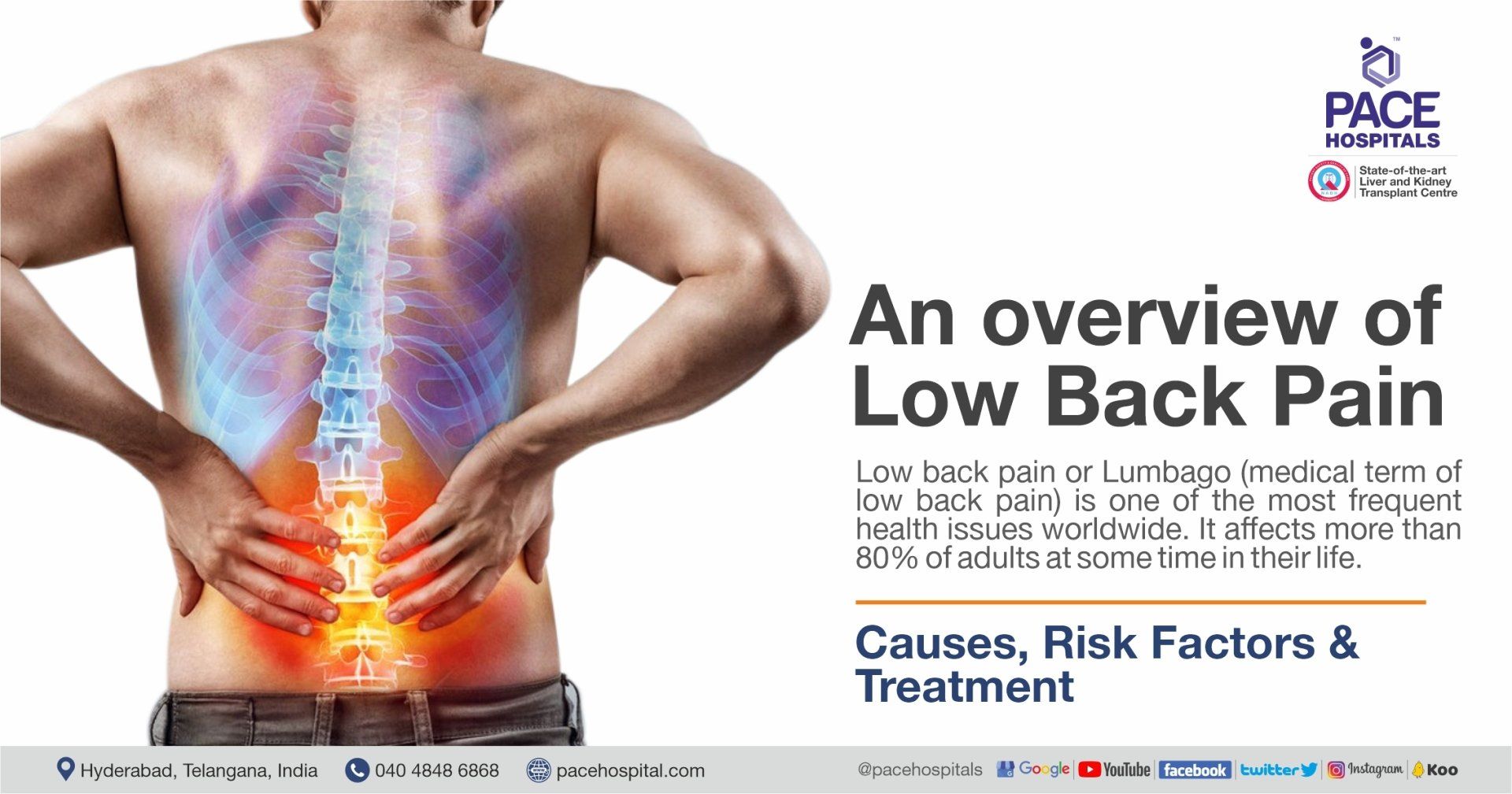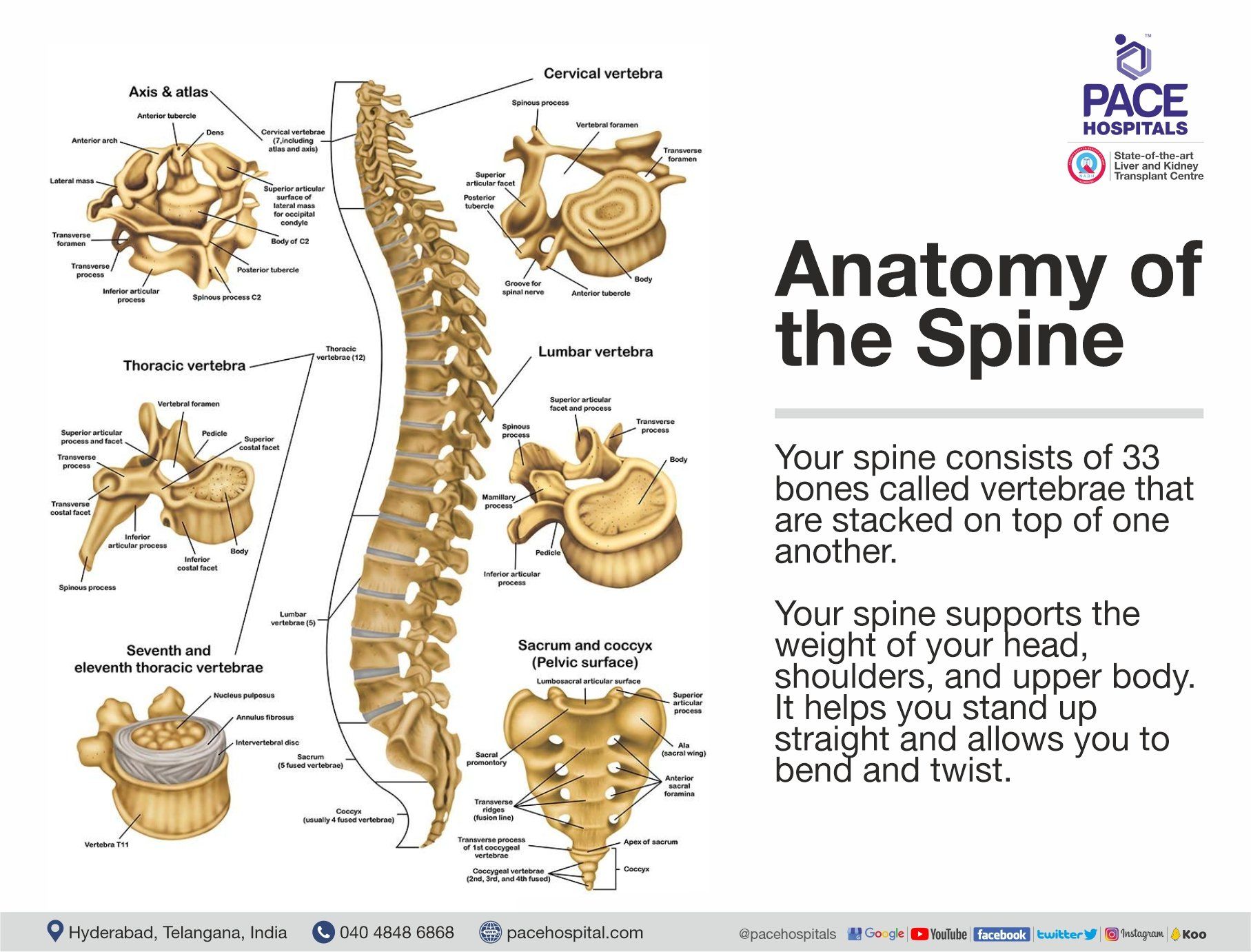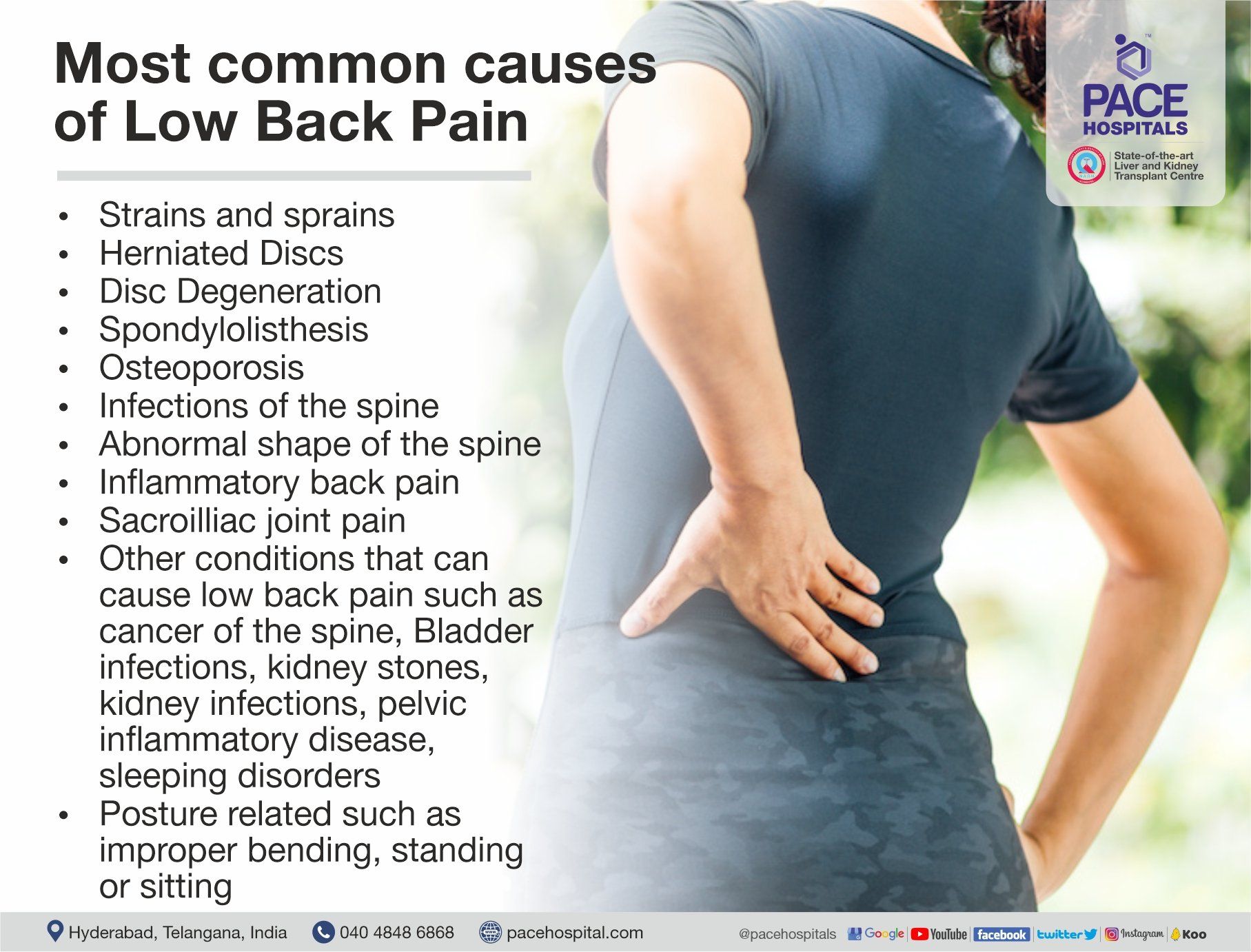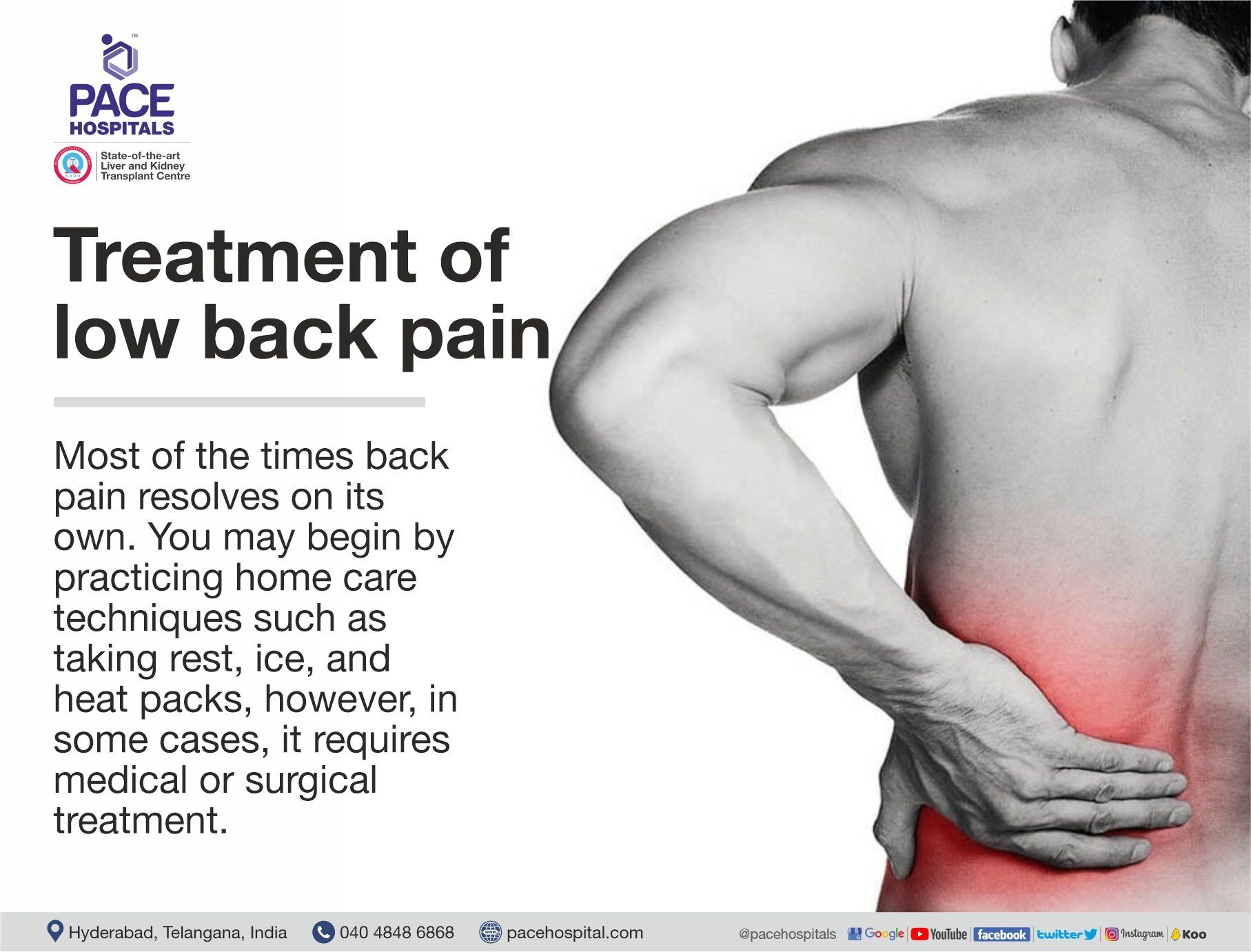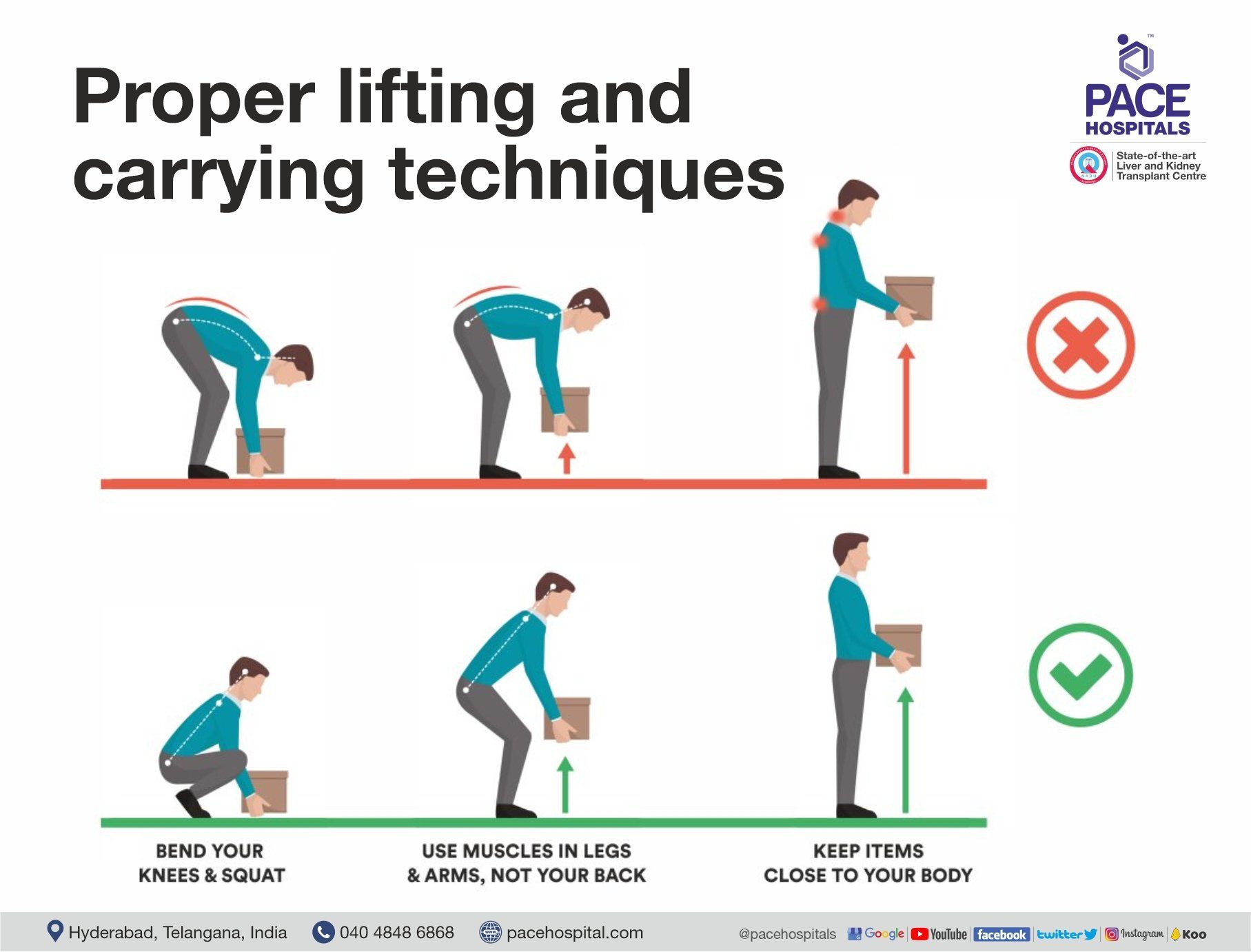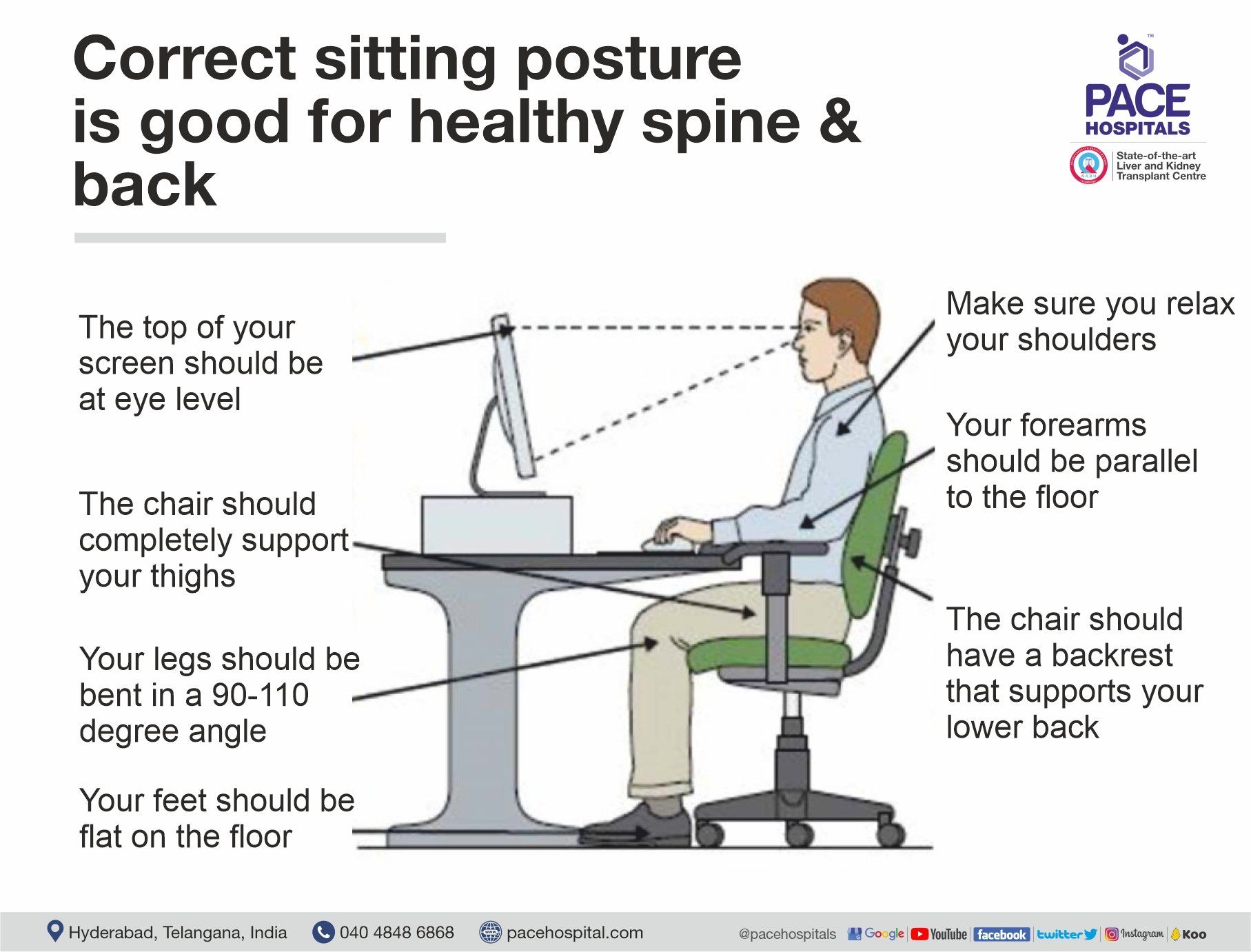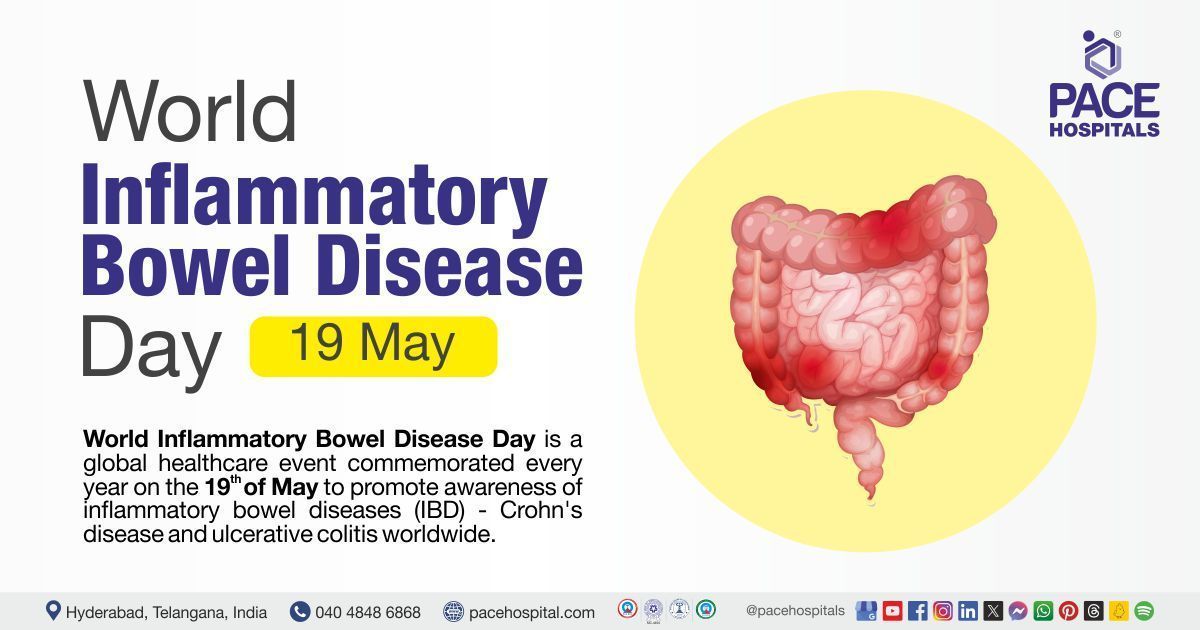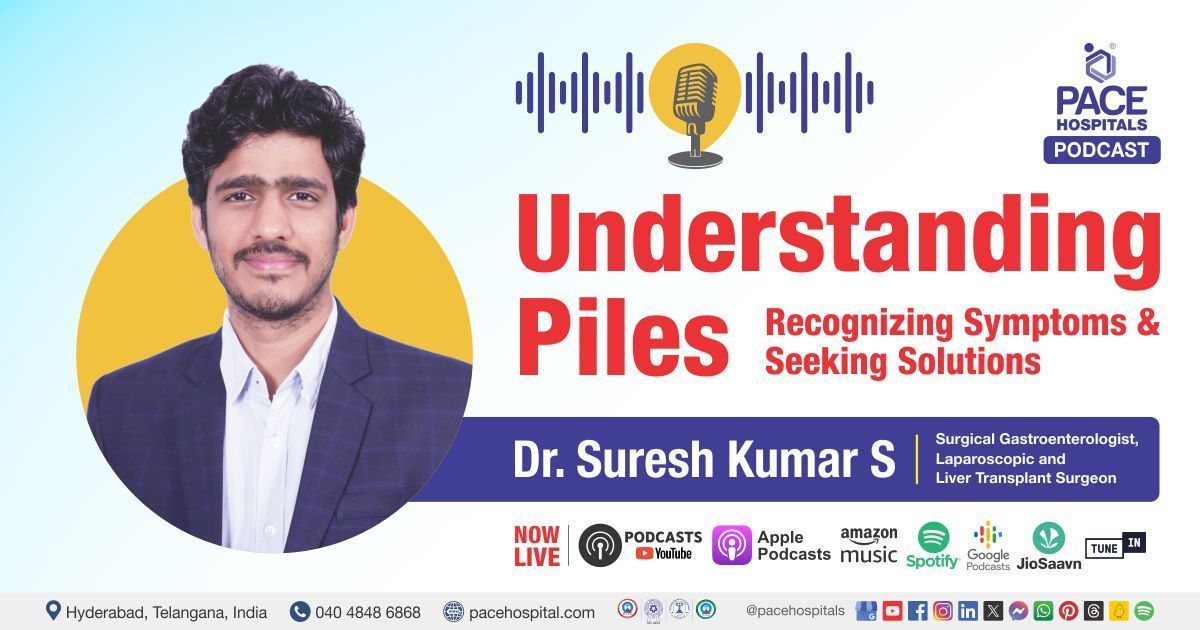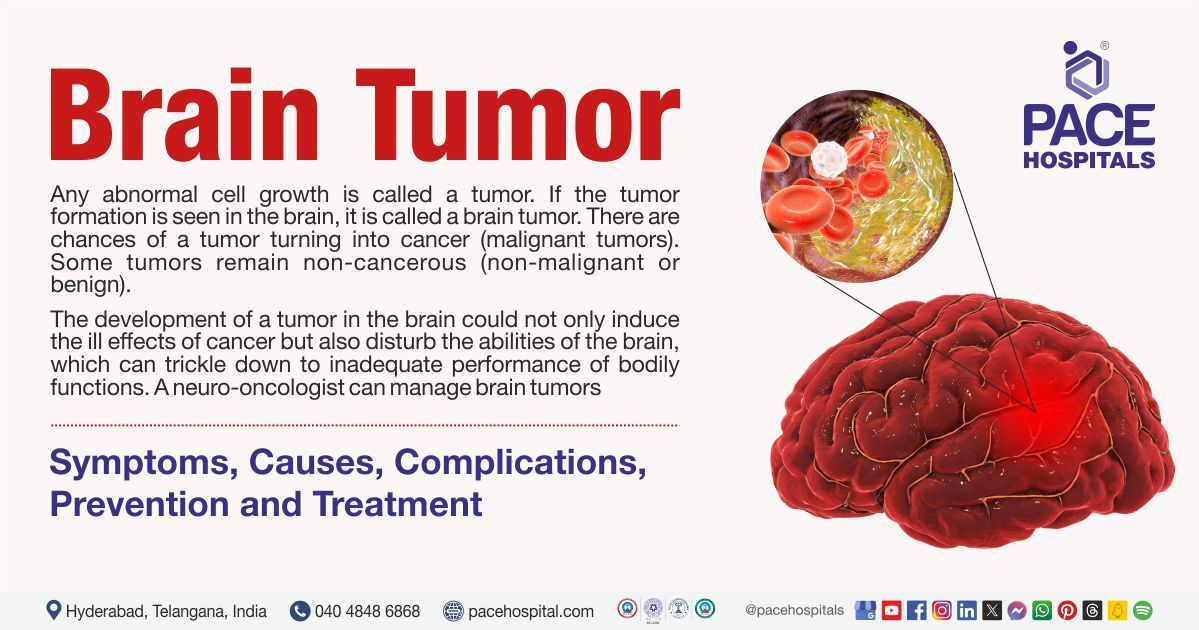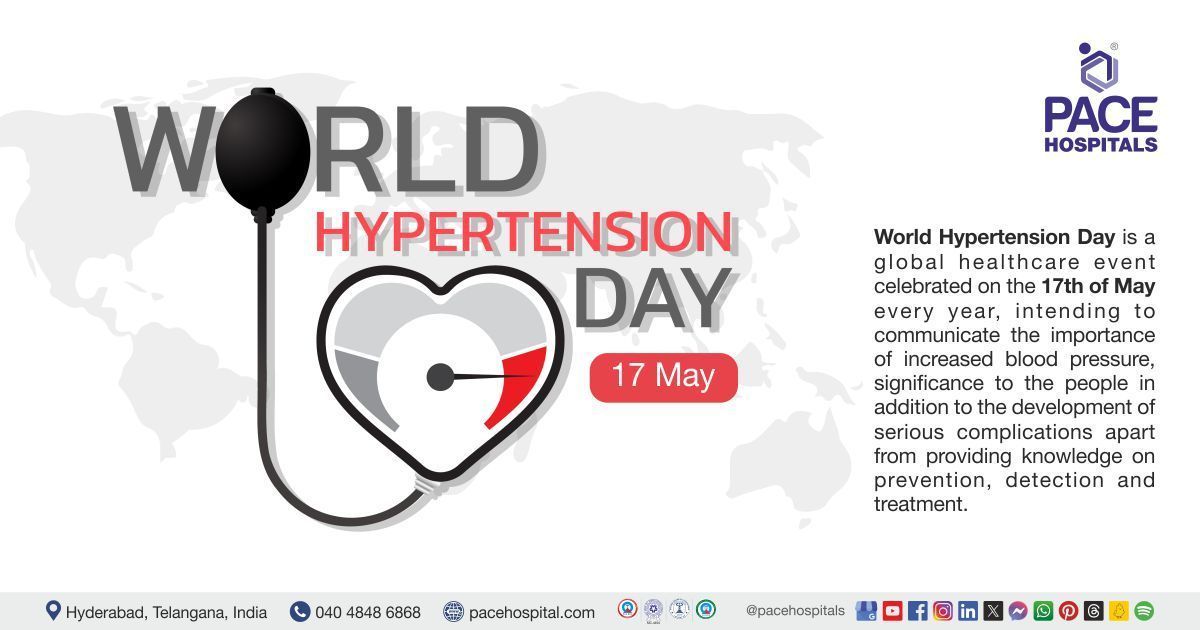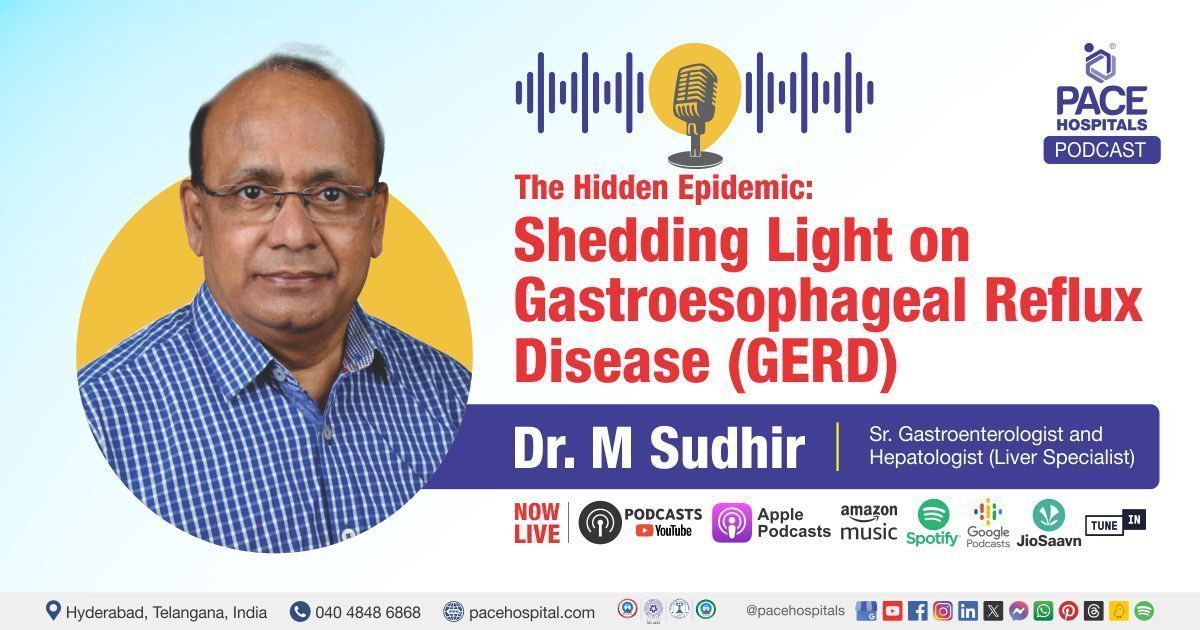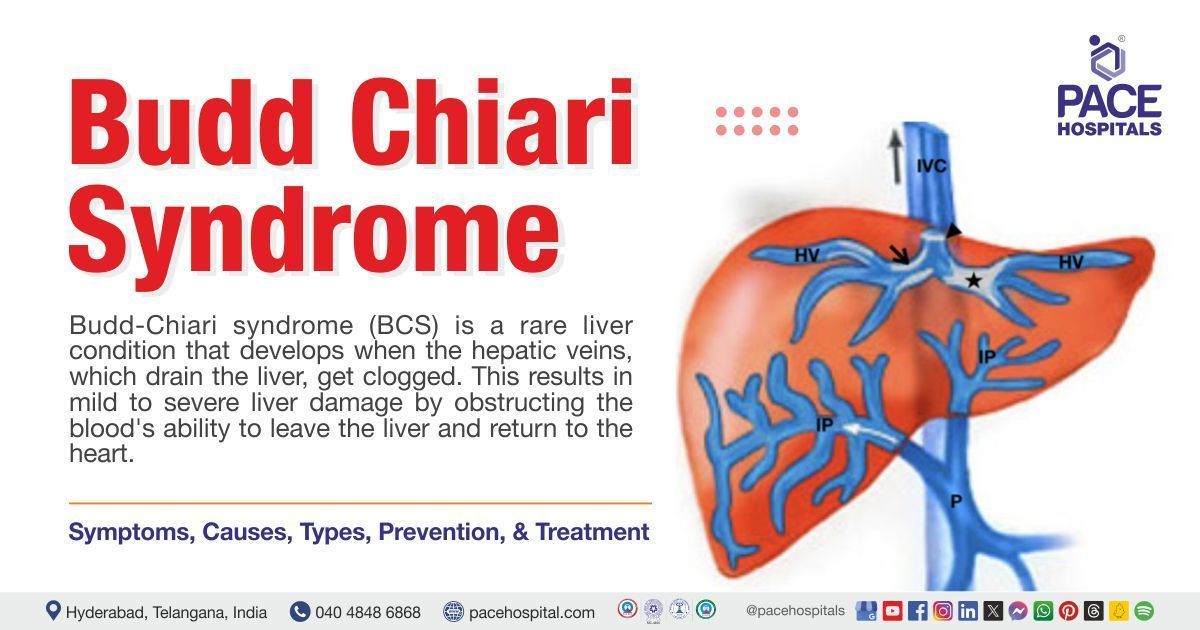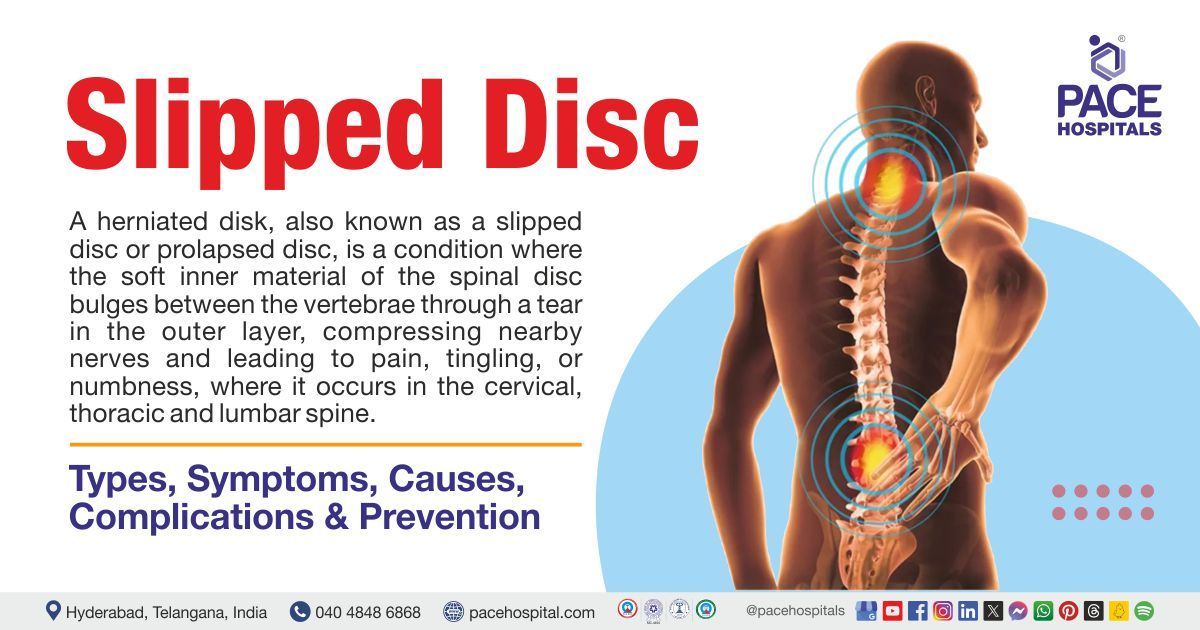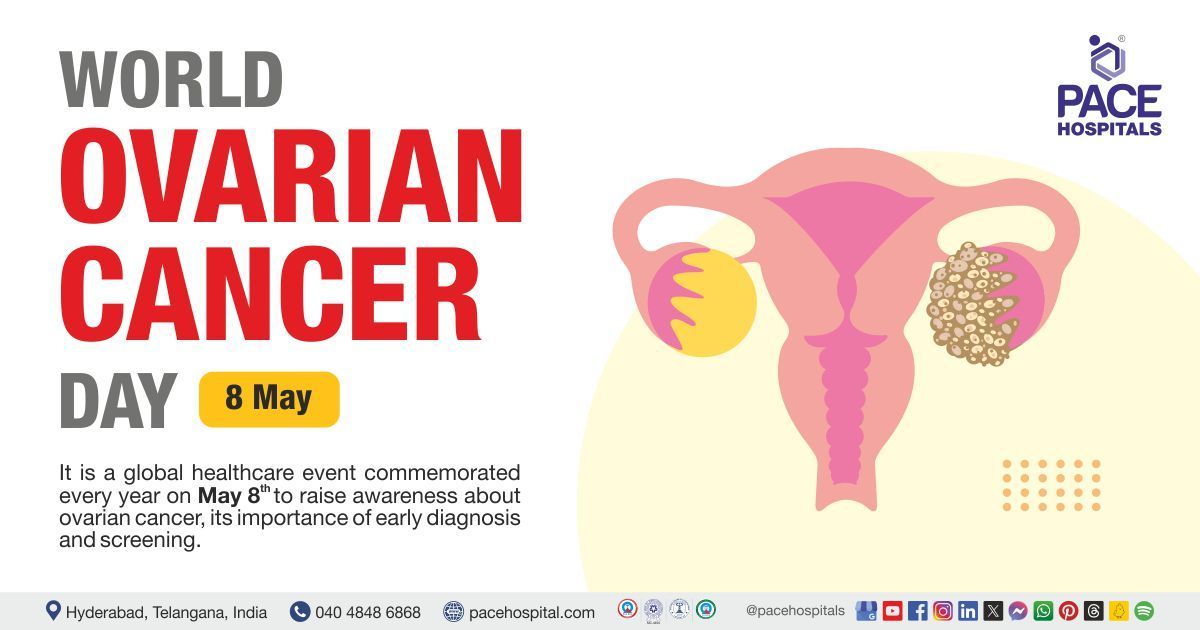An overview of Low Back Pain | Causes, Risk Factors and Treatment
Low back pain or Lumbago (medical term of low back pain) is one of the most frequent health issues worldwide. It affects more than 80% of adults at some time in their life, making it a common reason for people to consult a doctor.
Lower back pain is also a leading cause of disability, according to the Global Burden of Disease study published in the Lancet medical journal. Low back pain is categorized as acute, subacute, or chronic. Acute episodes of lower back pain last a few days to four weeks, whereas subacute episodes last for four to twelve weeks. About 20 percent of people with acute back pain go on to develop chronic back pain defined as pain that lasts 12 weeks or longer. The good thing is that most of the time back pain improves or resolves with proper care and treatment.
Anatomy of the Spine and Its function
Your spine is a complex structure that performs several functions. There are constant demands placed on your spine. Your spine supports the weight of your head, shoulders, and upper body. It helps you stand up straight and allows you to bend and twist. Understanding how your spine works can help you understand why you have back pain. Your lower back is known as the lumbar region of the spine.
Your spine consists of 33 bones called vertebrae that are stacked on top of one another. The lumbar spine has five vertebrae. These bones connect to form a spinal canal and protect your spinal cord inside. Spinal nerves are like electrical cables which travel through the spinal canal carrying messages to the muscles. These nerves come out of the spinal canal through the openings in the vertebra called foramen. Between each vertebra, there are small joints called facet joints that help your spine move. In between vertebral bodies are intervertebral discs.
The discs function as shock absorbers and keep the vertebrae from bumping against each other when you walk or run. The discs and the facet joints work in harmony to help your spine move, twist, and bend. These discs are flat and round and half-inch thick. They are made up of 2 components. Annulus fibrosis is the tough and flexible outer ring of the disc, and Nucleus pulposus is the soft jelly-like center that gives the disc its shock-absorbing capacity. In the majority of cases, back pain is due to the ageing disc.
In children and young adults, discs have high water content. As we get older, the discs begin to dry and shrink and lose their ability to cushion the vertebrae and results in pain. Muscles and ligaments provide support and stability for your spine. Strong ligaments connect the vertebrae and help keep the spinal column in position. Problems with any of the above components of your spine can cause back pain.
What are the most common causes of low back pain?
Strains and sprains: Any injury to the muscles and ligaments that support your spine will cause back pain. Injury can occur while lifting a heavy weight improperly, poor posture or being overweight.
Herniated Discs: Intervertebral discs' protective outer layer might break away over time. The soft inner disc tissue may push through the outer layer. A disc that bulges or slips out of place is known as a herniated disc, bulging disc, or slipped disc and may press on nerve roots, leading to symptoms such as pain, tingling, numbness or weakness in the area that the nerve root supplies. Sciatica is a type of pain caused by a pinched or irritated sciatic nerve. This nerve runs down your lower back through your hips and buttocks and down each leg. Sciatica is how common people refer to pain that travels down the leg from the lower back, although your doctor may use the term lumbar radiculopathy.
Disc Degeneration: While the word may sound frightening, it just implies you have a damaged disc that is giving you discomfort. The discs begin to wear away and shrink as we age. In some cases, they may entirely collapse, causing the facet joints to rub against one other. Pain and stiffness result. This wear and tear on the facet joints are known as osteoarthritis. The pain gets worse with movement. When the disc collapse and osteoarthritis develops, your body may respond by growing new bone in your facet joints to help support the vertebrae. This bone overgrowth called spurs can lead to narrowing of the spinal canal (Spinal Stenosis). Osteoarthritis can also cause the ligaments that connect the vertebrae to thicken, which can also narrow the spinal canal. Spinal stenosis can occur in both upper (cervical) spine and the lumbar spine, but lumbar spinal stenosis is more common
Spondylolisthesis: It is a condition where your vertebra can slide forward on the top of another. If too much slippage occurs, the bones begin to press on the spinal nerves resulting in weakness of muscles and bowel and bladder disturbances.
Osteoporosis: Osteoporosis can cause low back pain, this is a condition that makes your bones brittle and porous. Compression fractures occur when too much pressure is placed on the weakened vertebra. The thinned bone may even break with everyday activity. In severe osteoporosis, the vertebral bone completely collapses. Multiple fractures cause a severely rounded back.
Infections of the spine: Infections of the spine like TB and non-Tb infections can cause back pain. Infections of discs (discitis) and bone (osteomyelitis) can cause severe pain and require prompt medical attention.
Abnormal shape of the spine: Some conditions make your spine to develop abnormal shapes like kyphosis (Increased forward bending of the spine), scoliosis (side bending of the spine) and excessive lordosis.
Inflammatory back pain: They are usually associated with multiple joint pains and morning stiffness. Ankylosing spondylitis is a rare arthritic condition that causes pain and stiffness.
Rheumatoid arthritis, Psoriatic arthritis, are some examples.
Sacroiliac joint pain: Your spine is connected to your pelvis on both the sides by the sacroiliac joints. Inflammation and infections of the sacroiliac joints produces back pain.
Other conditions that can cause low back pain: Cancer of the spine, Bladder infections, kidney stones, kidney infections, pelvic inflammatory disease, sleeping disorders
Posture related: Some daily activities and poor posture can cause back pain. These include awkward bending movements involving the spine, forward bending and lifting heavy weights, Standing or sitting for a longer time, Improper sleeping postures, Improper sitting posture while driving or using a computer
Who all are at risk to get low back pain?
People with sedentary life style, poor physical activity, Obesity, Smoking and drinking, pregnant women. Women are at more risk than men due to hormonal factors.
When is Lower Back Pain an Emergency?
Although most episodes of lower back pain subside on their own, there are occasions when you should seek medical attention immediately, these conditions include:
- Accident, injury, other trauma
- Fever, unexplained weight loss, loss of appetite
- Weakness develop in the legs and/or feet
- Inability to control urine and stools or urinary retention
- Previous history of cancer
- Pain is severe, constant, suddenly or progressively worsens, and/or doesn’t go away
- Pain interrupts sleep
Cauda Equina Syndrome: It occurs due to the compression of bundle of nerves below the spinal cord in the lumbar spine. Patients will have inability to control urine and stools or urinary retention and numbness around the genital and anal region. It is a serious disorder that requires immediate medical attention and emergency surgery.
Treatment of low back pain
Most of the time, back pain resolves on its own. You may begin by practising home care techniques such as taking rest, ice, and heat packs, however, in some cases, it requires medical or surgical treatment. The treatment is cause specific.
Medications: Based on the severity, your doctor might prescribe you pain relievers, muscle relaxants, topical pain relievers and antidepressants in chronic pain. These medications are to be taken under the guidance of your doctor. Otherwise, they will result in serious side effects.
Physiotherapy: It involves passive and active therapies to build core muscle strength, improve spine flexibility, range of motion and correct the posture. Various modalities of physical therapy like massage, exercises, Transcutaneous electrical nerve stimulation (TENS) therapy and ultrasound are in use.
Surgery: Surgery is rarely required for back pain. Your doctor suggests surgery if the patient suffers from disc problems, spinal instability, nerve compression that lead to muscle weakness, loss of bowel and bladder control.
Commonly performed spine surgeries include:
- Discectomy (Microdiscectomy (MLD) / Endoscopic Lumbar Discectomy)
- Laminectomy
- Spinal fusion procedures
Tips to Prevent Lower Back Pain
You can't stop ageing, but you can adopt lifestyle adjustments to help manage and avoid lower back pain.
Improve your physical fitness: Physical fitness will improve core muscles strength that support your spine. Regular exercises such as walking, swimming, yoga are excellent ways of preventing back pain
Stay active: People who maintain a sedentary life may harm themselves more when they exercise. It is advised to do a smaller amount of physical activity most days of the week than to sit all week and over-exercise yourself on the weekends.
Maintain proper body weight: Proper food habits-Have food rich in calcium and vitamin D and vitamin K, as they are important in making bones strong. Milk, leafy green vegetables, broccoli etc.
Proper lifting and carrying techniques
Make your workspace as ergonomic as possible. If you sit at a desk, make sure your chair has plenty of low-back support and your hips are at a right angle to the floor. Correct sitting posture is good for healthy spine and back.
Manage your mental health. People who have anxiety and depression, or face excessive stress, are more likely to experience back pain over time. Making your mental health a priority can help reduce your risk of lower back pain.
Avoid alcohol and smoking
Wear your seatbelt at all times while in a moving vehicle.
Request an appointment
Fill in the appointment form or call us instantly to book a confirmed appointment with our super specialist at 04048486868
Appointment request - health articles
Thank you for contacting us. We will get back to you as soon as possible. Kindly save these contact details in your contacts to receive calls and messages:-
Appointment Desk: 04048486868
Whatsapp: 8977889778
Regards,
Pace Hospitals
Hitech City and Madinaguda
Hyderabad, Telangana, India.
Oops, there was an error sending your message. Please try again later. We will get back to you as soon as possible. Kindly save these contact details in your contacts to receive calls and messages:-
Appointment Desk: 04048486868
Whatsapp: 8977889778
Regards,
Pace Hospitals
Hitech City and Madinaguda
Hyderabad, Telangana, India.
Our Locations
Subscribe to our newsletter and stay updated with the latest health information.
By clicking on subscribe now, you accept to receive communications from PACE Hospitals on email, SMS and Whatsapp.
Subscribe to PACE Hospitals News
Thank you for subscribing. Stay updated with the latest health information.
Oops, there was an error. Please try again submitting your details.
-

Payment in advance for treatment (Pay in Indian Rupees)
For Bank Transfer:-
Bank Name: HDFC
Company Name: Pace Hospitals
A/c No.50200028705218
IFSC Code: HDFC0000545
Bank Name: STATE BANK OF INDIA
Company Name: Pace Hospitals
A/c No.62206858997
IFSC Code: SBIN0020299
Scan QR Code by Any Payment App (GPay, Paytm, Phonepe, BHIM, Bank Apps, Amazon, Airtel, Truecaller, Idea, Whatsapp etc)
Call us at 04048486868
ADDRESS
PACE Hospitals
Hitech City : Beside Avasa Hotel, Pillar No. 18, Hyderabad - 500081
Madinaguda: Mythri Nagar, Beside South India Shopping, Madinaguda, Hyderabad - 500050
QUICK LINKS
Disclaimer
General information on healthcare issues is made available by PACE Hospitals through this website (www.pacehospital.com), as well as its other websites and branded social media pages. The text, videos, illustrations, photographs, quoted information, and other materials found on these websites (here by collectively referred to as "Content") are offered for informational purposes only and is neither exhaustive nor complete. Prior to forming a decision in regard to your health, consult your doctor or any another healthcare professional. PACE Hospitals does not have an obligation to update or modify the "Content" or to explain or resolve any inconsistencies therein.
The "Content" from the website of PACE Hospitals or from its branded social media pages might include any adult explicit "Content" which is deemed exclusively medical or health-related and not otherwise. Publishing material or making references to specific sources, such as to any particular therapies, goods, drugs, practises, doctors, nurses, other healthcare professionals, diagnoses or procedures is done purely for informational purposes and does not reflect any endorsement by PACE Hospitals as such.

